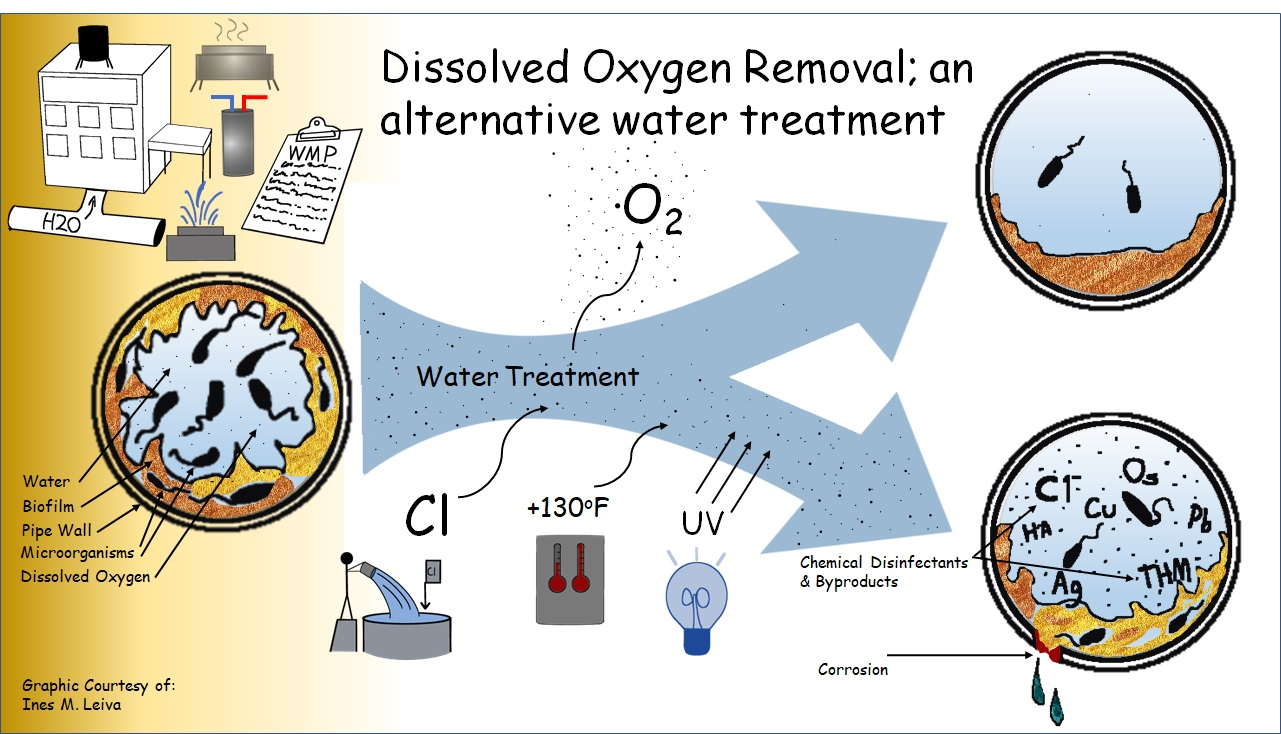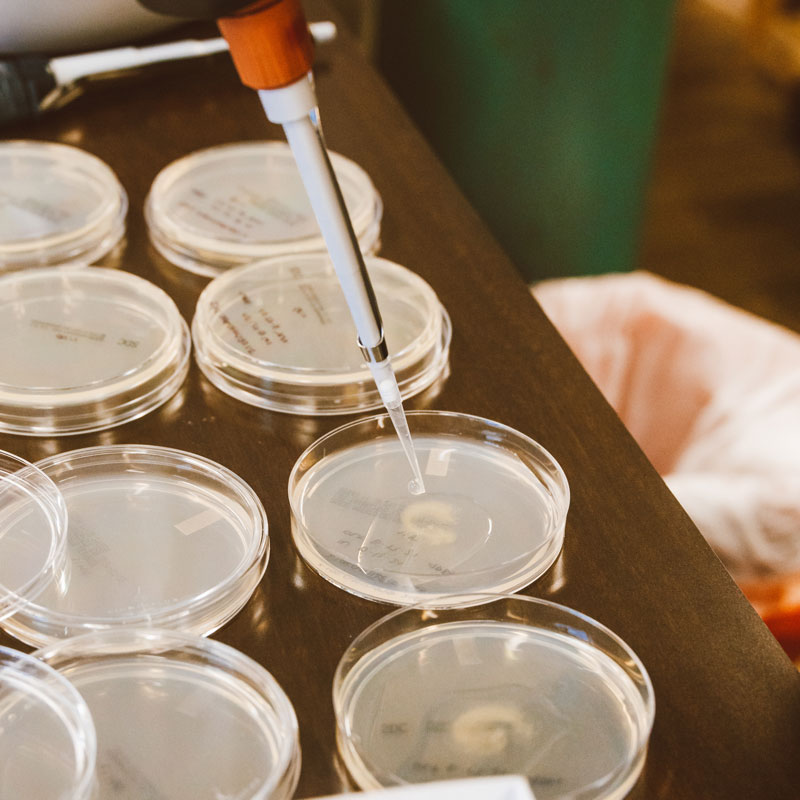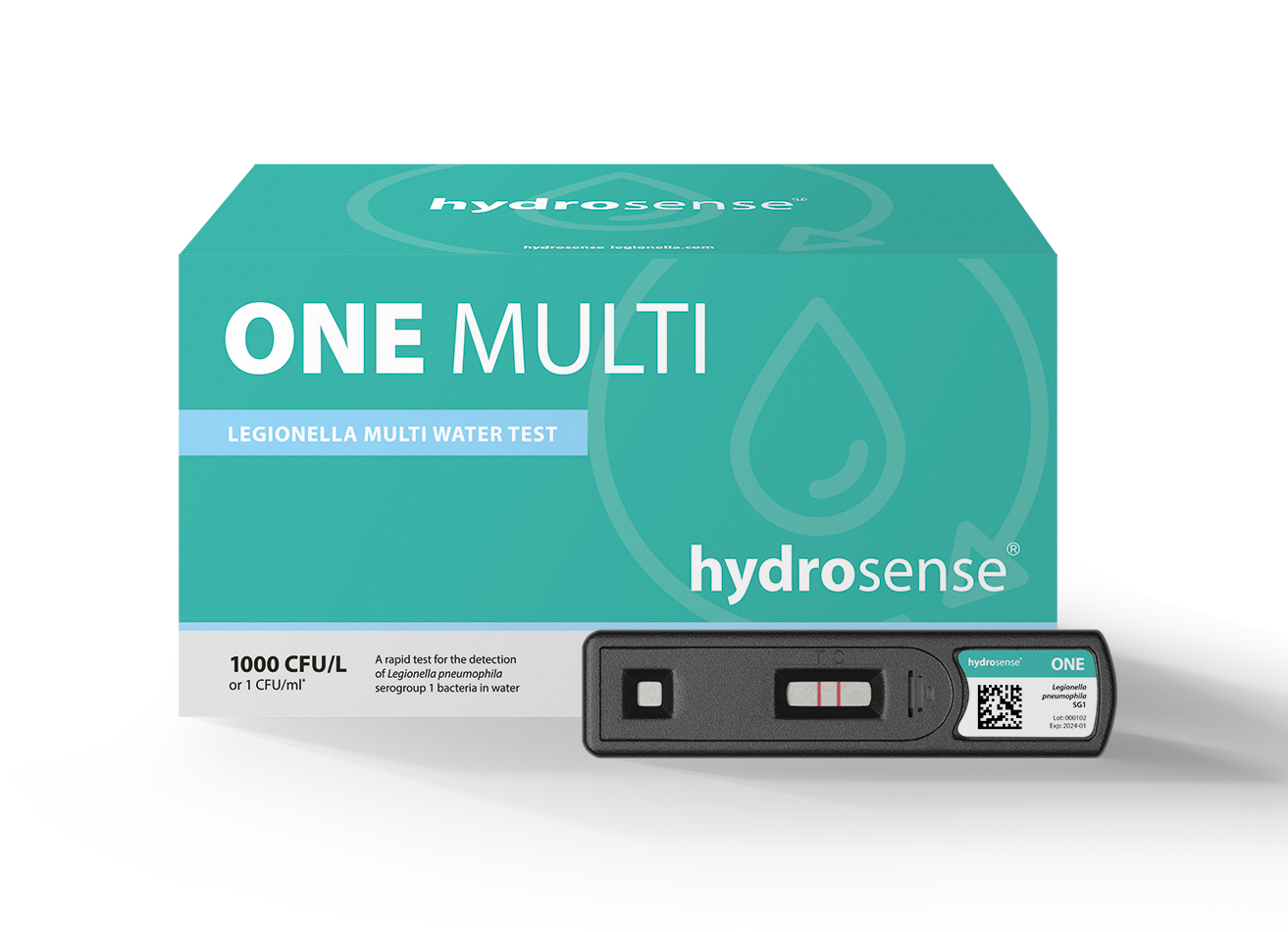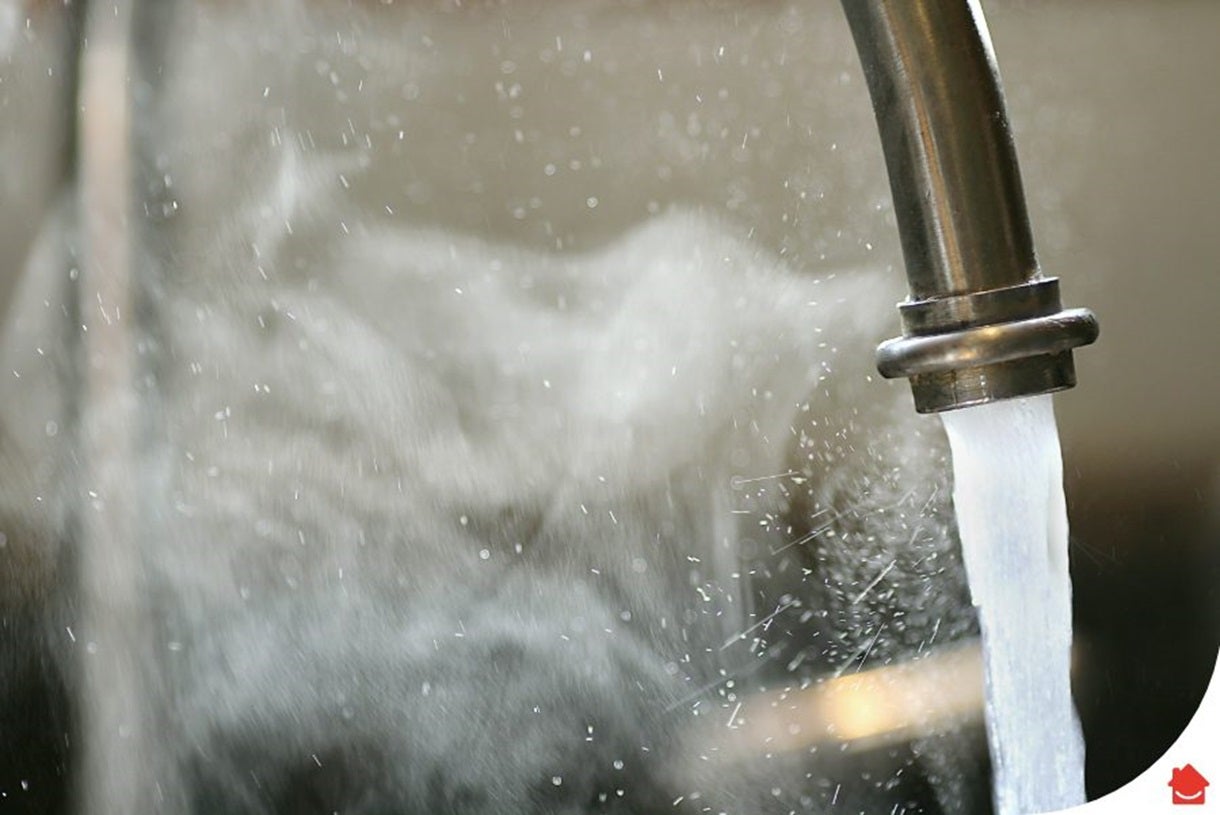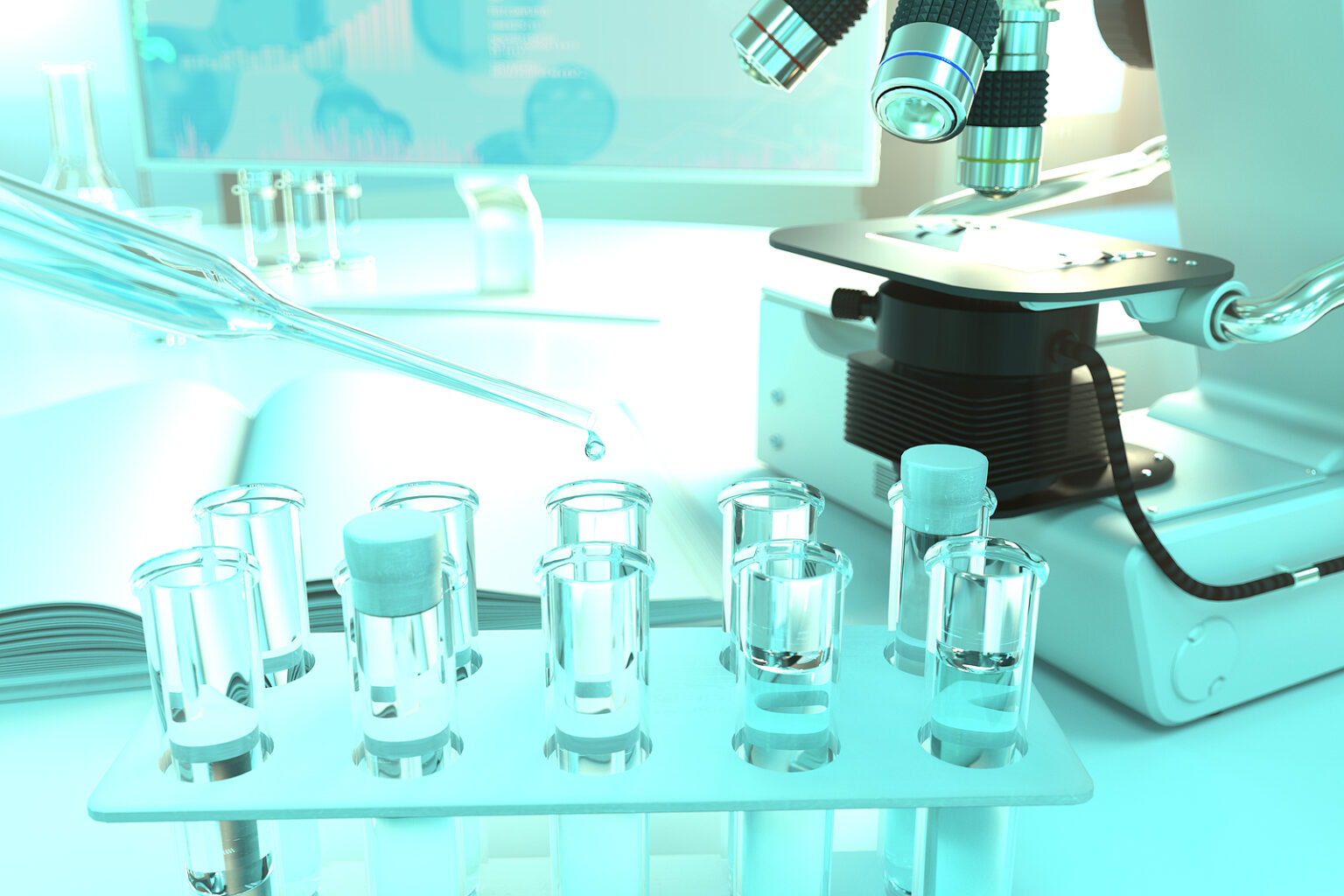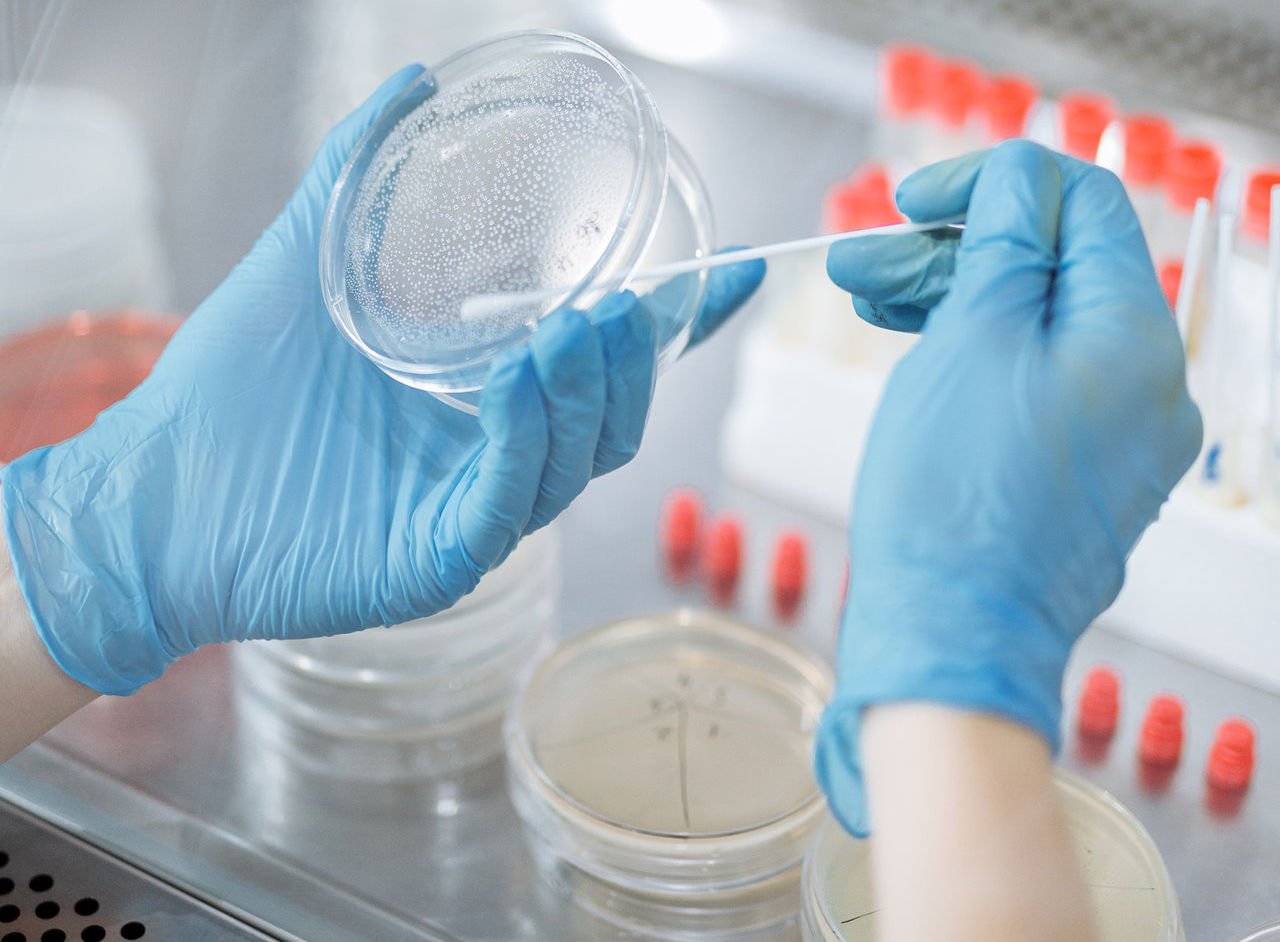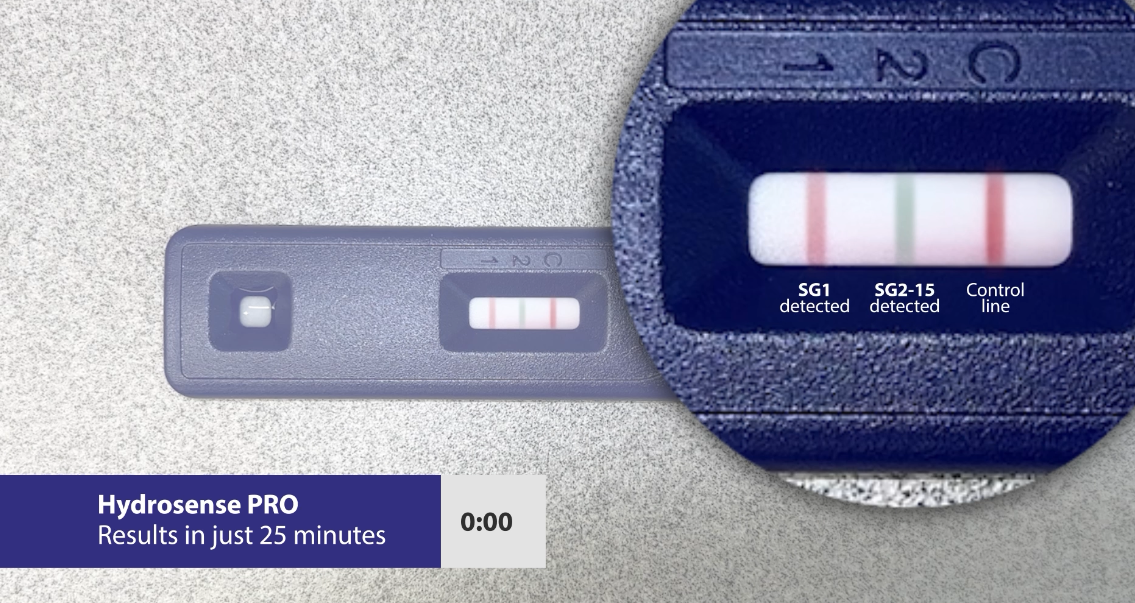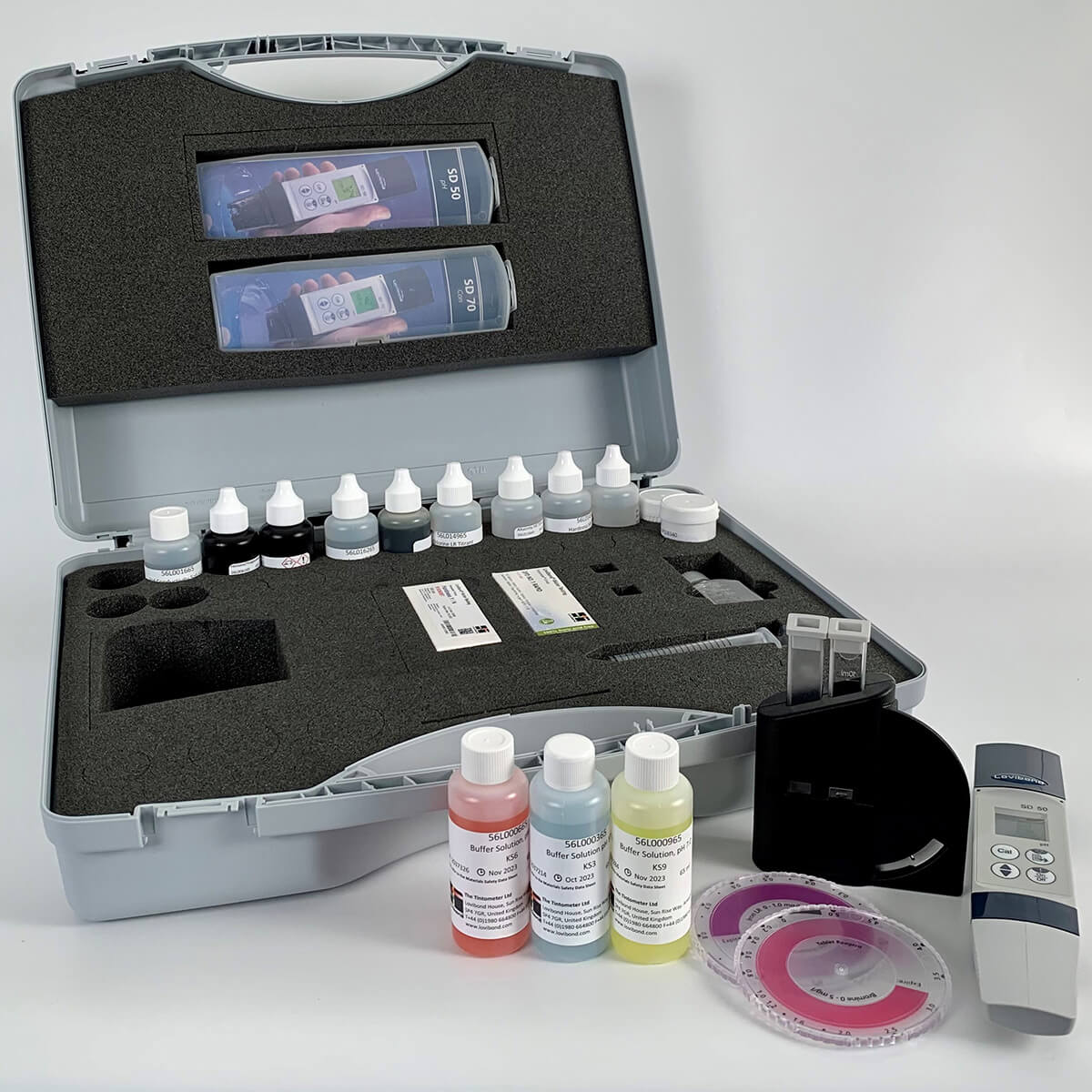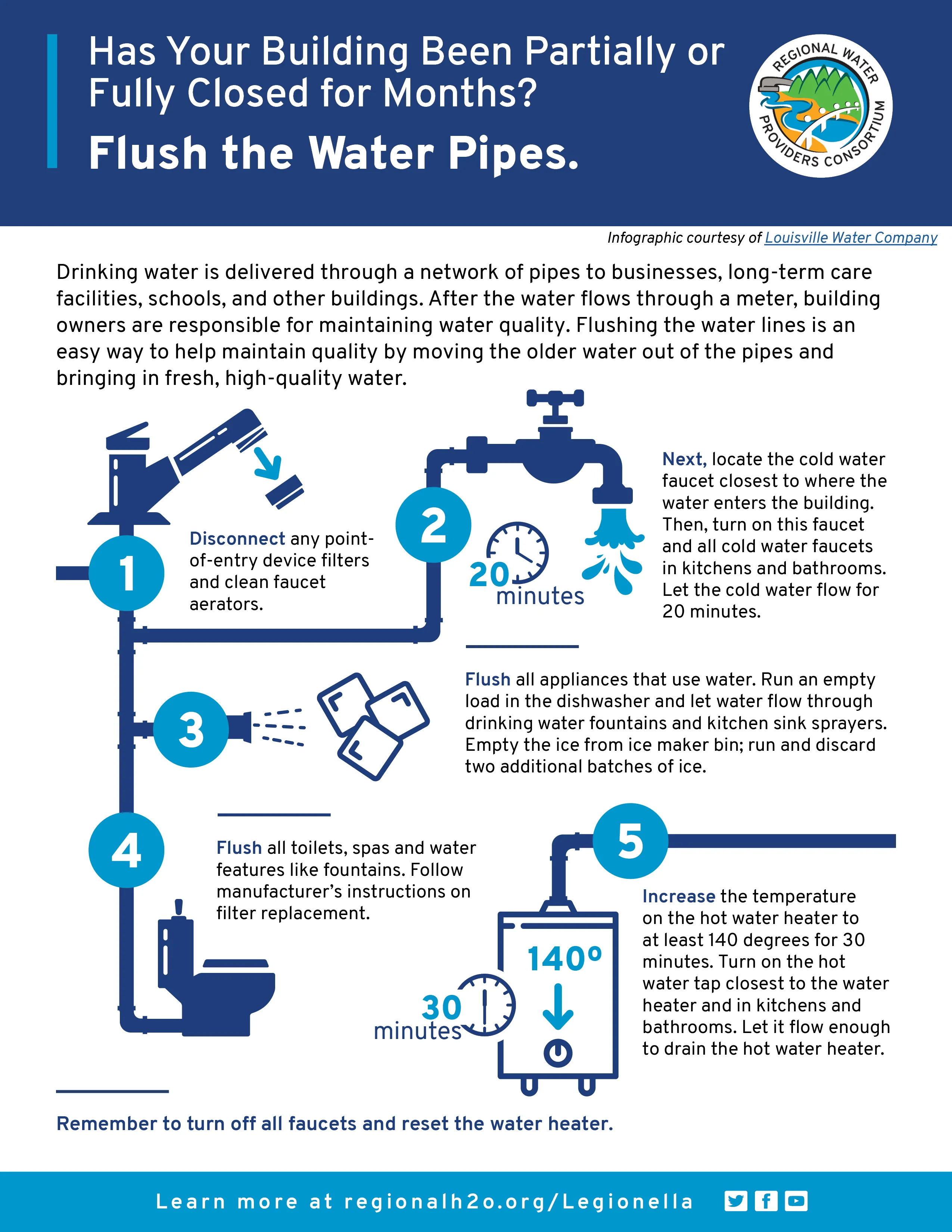How To Test Legionella In Water
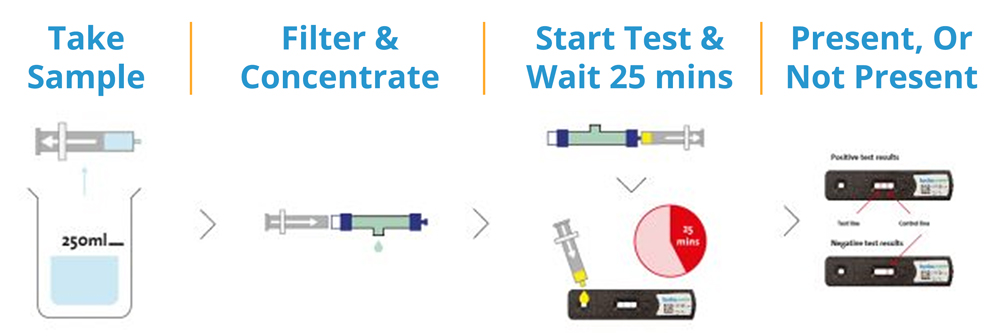
With recent outbreaks of Legionnaires' disease making headlines, understanding how to test for Legionella in water systems has become increasingly crucial for homeowners, building managers, and public health officials alike. Proactive testing can significantly mitigate the risk of infection and ensure the safety of potable and non-potable water sources.
This article provides a comprehensive overview of the Legionella testing process, outlining the key steps, methods, and considerations involved. It aims to empower individuals and organizations to take informed action to protect themselves and their communities from the dangers of Legionella contamination.
Understanding the Significance of Legionella Testing
Legionella is a bacterium that can cause Legionnaires' disease, a severe form of pneumonia, and Pontiac fever, a milder flu-like illness. These illnesses are contracted by inhaling microscopic water droplets containing the bacteria, often from sources like showers, cooling towers, and hot tubs.
Regular testing for Legionella is essential for identifying and addressing potential sources of contamination before they lead to outbreaks. Early detection allows for timely implementation of remediation strategies, preventing illness and saving lives.
Who Should Test for Legionella?
The Centers for Disease Control and Prevention (CDC) recommends that certain facilities and properties implement a water management program, which includes regular Legionella testing, especially those with complex water systems. This includes hospitals, hotels, long-term care facilities, and large office buildings.
Homeowners, particularly those with wells or who have been away from their homes for extended periods, may also consider testing their water for Legionella. Furthermore, properties with features like hot tubs, decorative fountains, and large plumbing systems should be tested regularly.
The Legionella Testing Process: A Step-by-Step Guide
1. Developing a Sampling Plan
The first step in testing for Legionella is developing a comprehensive sampling plan. This plan should identify specific locations within the water system that are at higher risk of Legionella colonization, such as dead legs, water heaters, and areas with stagnant water.
According to the World Health Organization (WHO), the sampling plan should be representative of the entire water system. The plan should also include a timeline for regular testing and specify the volume of water to be collected at each sampling point.
2. Collecting Water Samples
Proper sample collection is critical to obtaining accurate and reliable test results. Samples should be collected in sterile containers, following strict aseptic techniques to prevent contamination.
Before collecting a sample, it's important to flush the tap for several minutes to ensure that the water being tested is representative of the water within the system. Wear gloves and appropriate personal protective equipment (PPE) during the collection process.
3. Choosing a Testing Method
Several methods are available for testing for Legionella, each with its own advantages and limitations. The most common methods include culture-based testing and molecular methods, such as polymerase chain reaction (PCR).
Culture-based testing involves growing Legionella bacteria in a laboratory, allowing for quantification and identification of specific species. PCR testing, on the other hand, detects the presence of Legionella DNA, offering a faster turnaround time but not necessarily indicating viable bacteria.
4. Laboratory Analysis
Once the water samples have been collected, they should be promptly transported to a certified laboratory for analysis. Ensure that the laboratory is accredited by a recognized organization, such as the Environmental Laboratory Accreditation Program (ELAP).
The laboratory will follow established protocols to analyze the samples using the chosen testing method. The results will typically be reported as colony-forming units per liter (CFU/L) for culture-based methods or as present/absent for PCR testing.
5. Interpreting Test Results and Taking Action
Interpreting Legionella test results requires careful consideration of various factors, including the type of facility, the intended use of the water, and applicable regulations. The CDC and other health organizations provide guidelines for acceptable levels of Legionella in different settings.
If Legionella is detected above acceptable levels, prompt action should be taken to remediate the water system. Remediation strategies may include disinfection, flushing, and implementing a comprehensive water management program.
Preventative Measures and Ongoing Monitoring
Regular Legionella testing is just one component of a comprehensive water management program. Other important preventative measures include maintaining proper water temperatures, controlling biofilm growth, and ensuring adequate disinfection levels.
Ongoing monitoring and maintenance are essential for preventing Legionella colonization and protecting public health. By proactively addressing potential risks and regularly testing water systems, individuals and organizations can minimize the risk of Legionnaires' disease outbreaks and create a safer environment for everyone.
The importance of routine testing cannot be overstated, as it serves as the primary line of defense against the insidious threat of Legionella. Consulting with water treatment professionals and adhering to established guidelines are crucial steps in mitigating risks and safeguarding public health.

